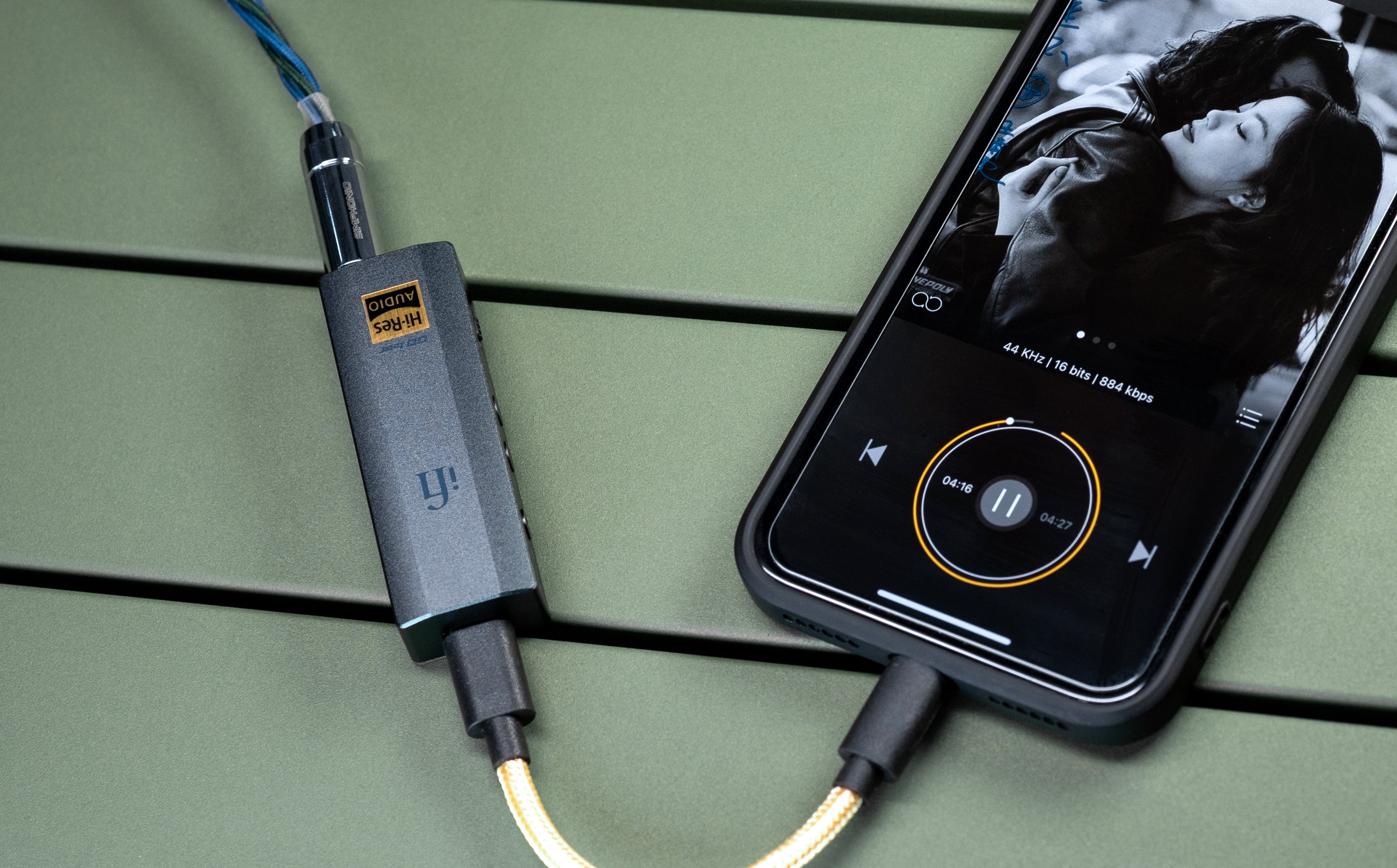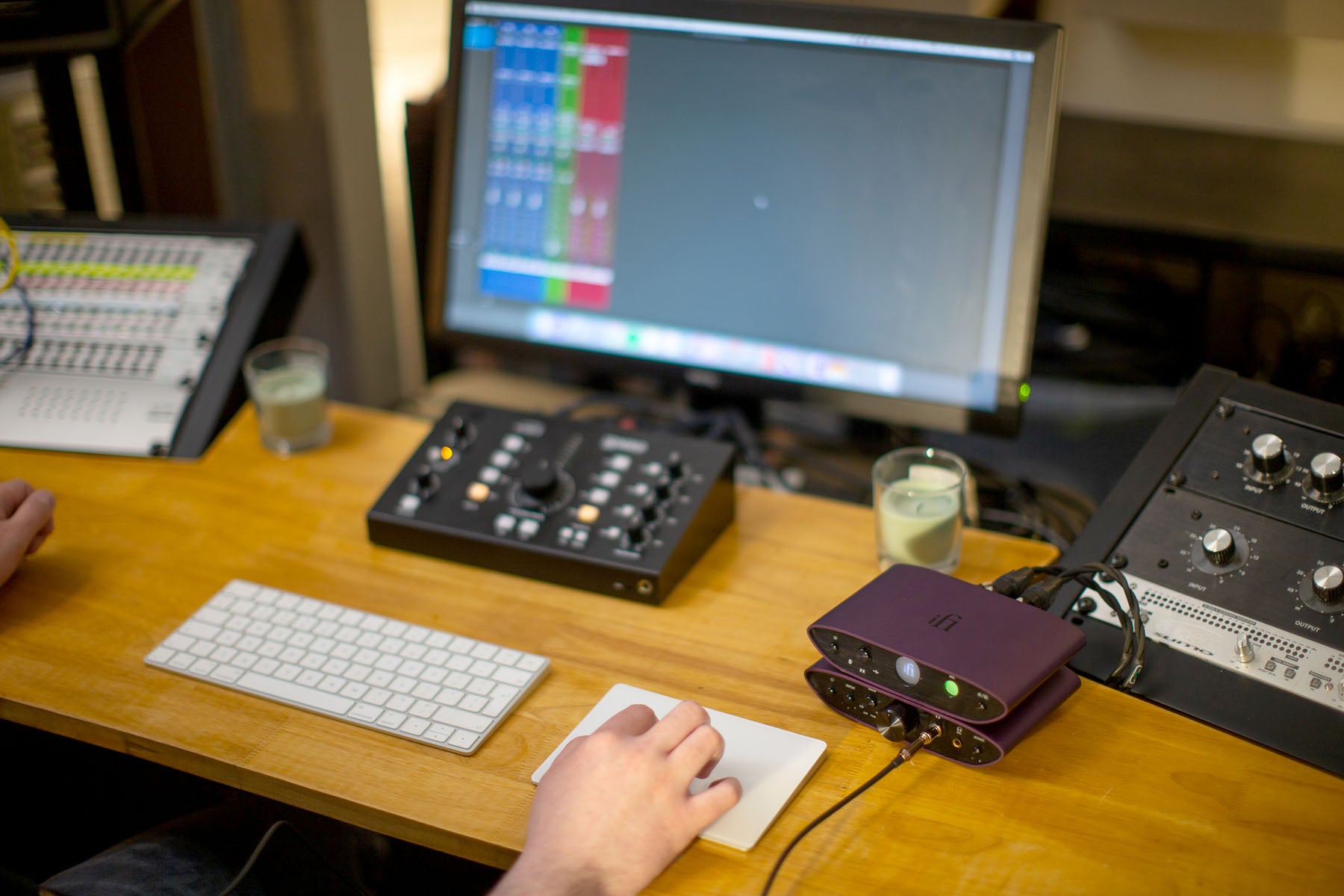Every time sound passes from a microphone to a digital audio workstation, a conversion is performed. Audio interfaces help transmit an analog signal to a digital one, using the settings configured in your DAW. These settings are extremely important as they can affect the overall quality of your composition and the quality of the audio.
One of the most important factors when converting an analog continuous signal to a digital system is the sampling frequency. This frequency determines how much of the original signal is converted into a digital recording, thus giving the listener the incredible "in-studio" experience.
Below, we explain everything you need to know about sample rates to preserve all the magic of the original recording.
What is sample rate in audio?
The sampling rate determines the quality of the audio by converting sound waves into digital audio. A higher frequency captures more details of the sound wave, resulting in better quality. This frequency may vary depending on the project; For example, you can use a different sample rate for recording than for keeping master or audio files.
The sampling frequency is calculated according to the Nyquist-Shannon theorem. This principle states that the sampling rate must be at least twice the maximum frequency of the original sound wave to achieve smooth analog-to-digital conversion.
Audio is typically processed with a sampling rate of 44.1 kHz because it spans the standard human hearing range of 20 Hz to 20 kHz. This allows most audio frequencies to be reproduced adequately. However, it is important to consider that some sounds and instruments may be outside that range, so it is crucial to evaluate each case to maintain the best possible sound quality.
The Nyquist frequency, known as the folding frequency, is measured from the highest point of the sound wave. For example, at a sample rate of 44.1 kHz, the Nyquist frequency would be 22.05 kHz, approximately half the sample rate. This is one reason why many modern recordings use a sampling rate of 44.1 kHz or higher, to avoid aliasing and preserve sound quality.
Does a higher sampling rate mean better quality?
A higher sample rate means faster conversion and capture of samples into digital audio, which technically translates to better quality. However, the difference may not be noticeable to the human ear. Since the audible range is 20 Hz to 20 kHz, typical sample rates are usually around 44.1 kHz or 48 kHz.
Converting to a higher sample rate increases the frequency content of the audio file, but also increases its digital data size. Unless you have specific needs, such as audio preservation or specialized applications, the standard sample rate range is usually adequate.
Should the sample rate be 44.1 or 48?
For many audio professionals, the reference standard remains a 44.1 kHz sample rate due to its ability to deliver reasonably high resolution without requiring a lot of processing power. However, it is common for professional audio to be recorded at 48 kHz to provide a more complete representation across the frequency spectrum.
Leading streaming platforms such as Spotify typically use a 44.1kHz sample rate by default. For consumption on streaming, CD and MP3 platforms, 44.1 kHz remains the preferred standard. On the other hand, in professional audio, video and DVD applications that require higher fidelity, a frequency of 48 kHz is preferred. In summary, the choice of sample rate should be tailored to the intended audio output and tailored to the specific use case.

The iFi ZEN DAC 3 It serves as a gateway to the world of high-resolution music and offers support for sample rates up to 768 kHz.
Bit Depth vs Sample Rate: What's the Difference?
Sampling rate and bit depth are two distinct but related aspects of maintaining and transmitting audio quality. The sample rate determines how many frequencies can be captured when streaming audio, with a lower frequency being limited compared to a higher frequency. On the other hand, bit depth refers to the amount of digital information used to represent each audio sample, which affects the accuracy and fidelity of sound reproduction.
In addition to standard bit depths such as 8 and 16 bit, there is the 24-bit option, which offers noticeably higher quality. "Bitcrush" plugins simulate the feeling of a lower bitrate to recreate a "low quality audio" effect, often associated with nostalgia for previous eras. This highlights the noticeable difference between bit depths, with greater depth providing more accurate and detailed reproduction of sound.
What is the ideal sample rate and bit depth?
The choice of sample rate and bit depth will depend on the scope of your project. To create music for streaming platforms such as Spotify or Apple Music, it is recommended to record with 24-bit depth and a sample rate of 44.1 kHz as standard. However, for other projects, it's important to do your research and determine the ideal settings for your audio tracks before setting up your sessions. It is essential to maintain consistency throughout the process using the same sampling frequency.
Audio Sample Rate Tips and Tricks
Use these essential audio tips to preserve audio quality inside and outside of every session:
Maintain a constant sample rate
It's crucial to maintain sample rate consistency throughout your entire listening session, regardless of the choice you make. Switching between different sample rates can cause audio aliasing or aliasing artifacts, which are abrupt distortions. These artifacts occur when a sound is sampled at a frequency that is too low to adequately represent certain points in the frequency spectrum. Therefore, it is advisable to opt for a higher sample rate for songs with a lot of high-frequency content to avoid these problems.
Uses 44.1 kHz as standard
If you're on the fence, using 44.1 kHz as your reference sample rate is a solid choice, as it can reasonably capture frequencies audible to the human ear. However, depending on the song, some high-frequency content may be lost. Therefore, you should always carefully consider your decisions based on the needs of your project. In any case, it is advisable not to go below a sample rate of 44.1 kHz to maintain audio quality.
Check the desired result
Technically, there is no universal "ideal" sampling frequency, since conditions and preferences can vary according to the desired output. If you are using a new configuration or working for a specific application, it is important to verify the preferred specifications of your output before starting to record. This is also valid if you plan to transfer the audio to another professional, as a mixing engineer, to guarantee the compatibility and quality of the final result.

The IFI Zen One Signature It has a powerful 16 -core XMOS processor: performs a complete MQA decoding (up to 384 kHz)
FAQ audio sampling frequency
The sampling frequency determines the accuracy of the digital audio, so it is a very important element to take into account in any recording session. Here are some frequent questions and answers that will help you convert analog audio.
Do you listen to the difference between 48 kHz and 96 kHz?
Although difficult to perceive, sampling frequencies such as 48 KHz and 96 KHz preserve the quality of the audio.
Is it better to record in 44.1 or 48?
In general, a greater sampling frequency captures more sound details. It is recommended to record 48 KHz for more detail. For professional recordings, 44.1 KHz is standard, although a slightly larger frequency is preferable.
What is the best sampling frequency for music?
The ideal sampling frequency varies according to the musical application. Generally, a frequency of at least 44.1 kHz is recommended to capture all components of the original sound.
Why is sampling frequency important?
By converting analog to digital audio or when processing sound through an audio interface, a specific sampling frequency is used. A frequency too low can considerably reduce sound quality and lose essential elements of the original source.
Keeping the sampling frequency is crucial in musical production. Although very high frequencies offer exceptional quality, file size for resolutions greater than 48 KHz can be unchanging for everyday use.
Keep a sampling frequency of at least 44.1 kHz and verify the expected output before recording. Paying attention to sampling frequencies during production ensures quality.
In IFI Audio we offer a variety of devices that can process different sampling frequencies. You can explore our full range of products here: www.ifi-audio.com.mx



